Molecular Modeling Market Summary
As per MRFR analysis, the Molecular Modeling Market Size was estimated at 0.337 USD Billion in 2024. The Molecular Modeling industry is projected to grow from 0.3917 USD Billion in 2025 to 1.767 USD Billion by 2035, exhibiting a compound annual growth rate (CAGR) of 16.26 during the forecast period 2025 - 2035.
Key Market Trends & Highlights
The Molecular Modeling Market is poised for substantial growth driven by technological advancements and increasing demand for personalized medicine.
- The integration of Artificial Intelligence is transforming molecular modeling processes, enhancing accuracy and efficiency.
- North America remains the largest market, while Asia-Pacific is emerging as the fastest-growing region in molecular modeling.
- The software segment dominates the market, whereas the services segment is experiencing rapid growth due to increasing collaboration.
- Rising demand for drug discovery and advancements in computational technologies are key drivers propelling market expansion.
Market Size & Forecast
| 2024 Market Size | 0.337 (USD Billion) |
| 2035 Market Size | 1.767 (USD Billion) |
| CAGR (2025 - 2035) | 16.26% |
Major Players
Schrodinger (US), Accelrys (US), Biovia (US), ChemAxon (HU), OpenEye Scientific Software (US), Cresset (GB), Molecular Simulations (US), Simulations Plus (US), Molecular Discovery (GB)
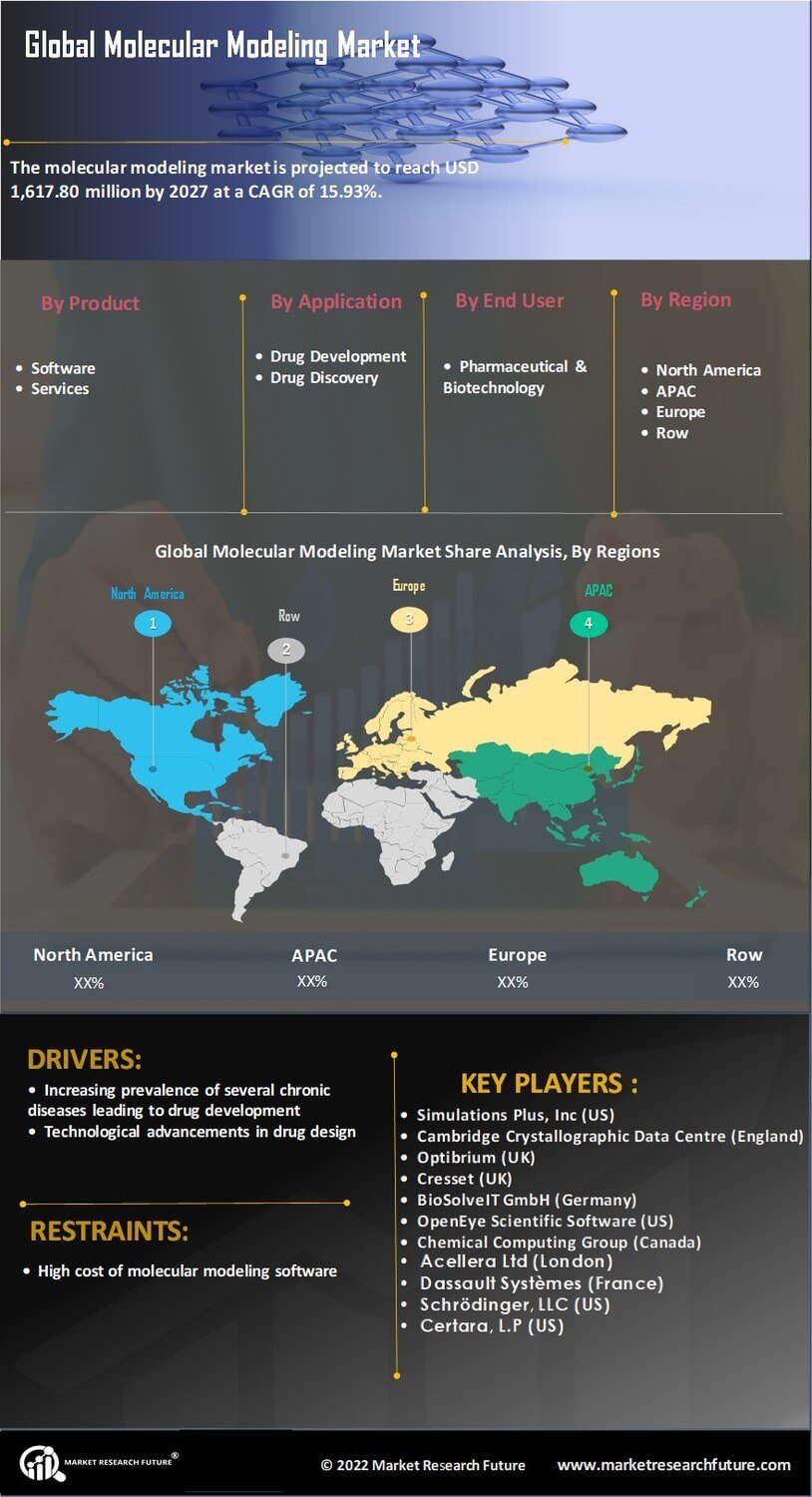

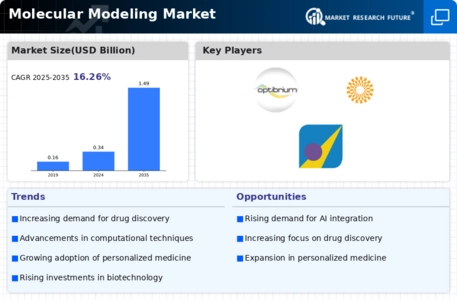
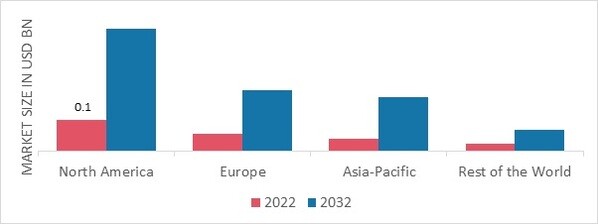

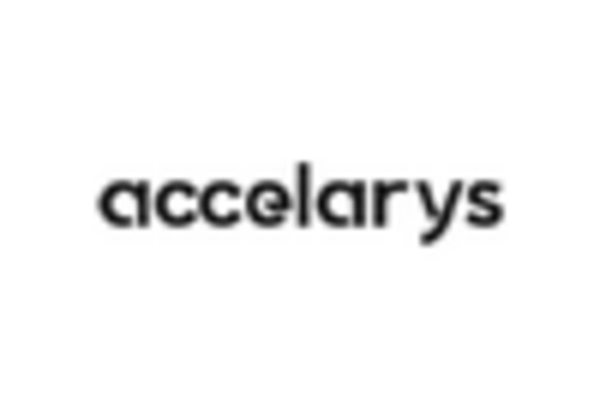
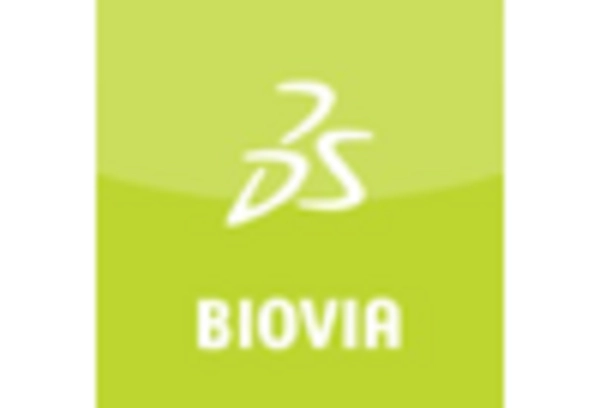
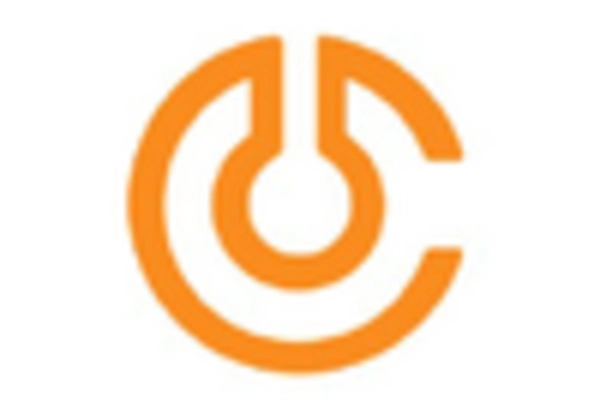

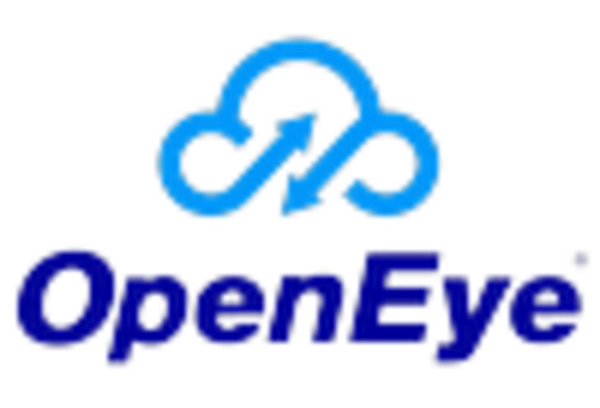
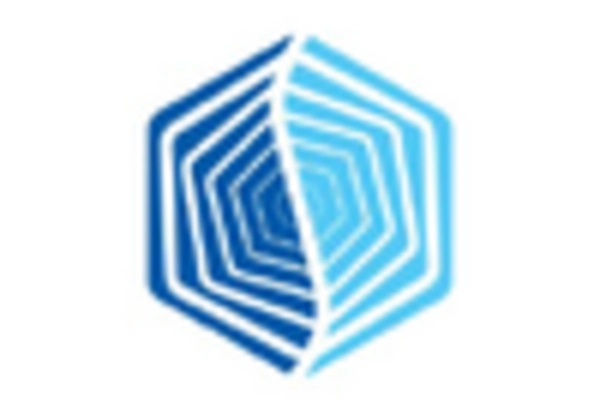








Leave a Comment